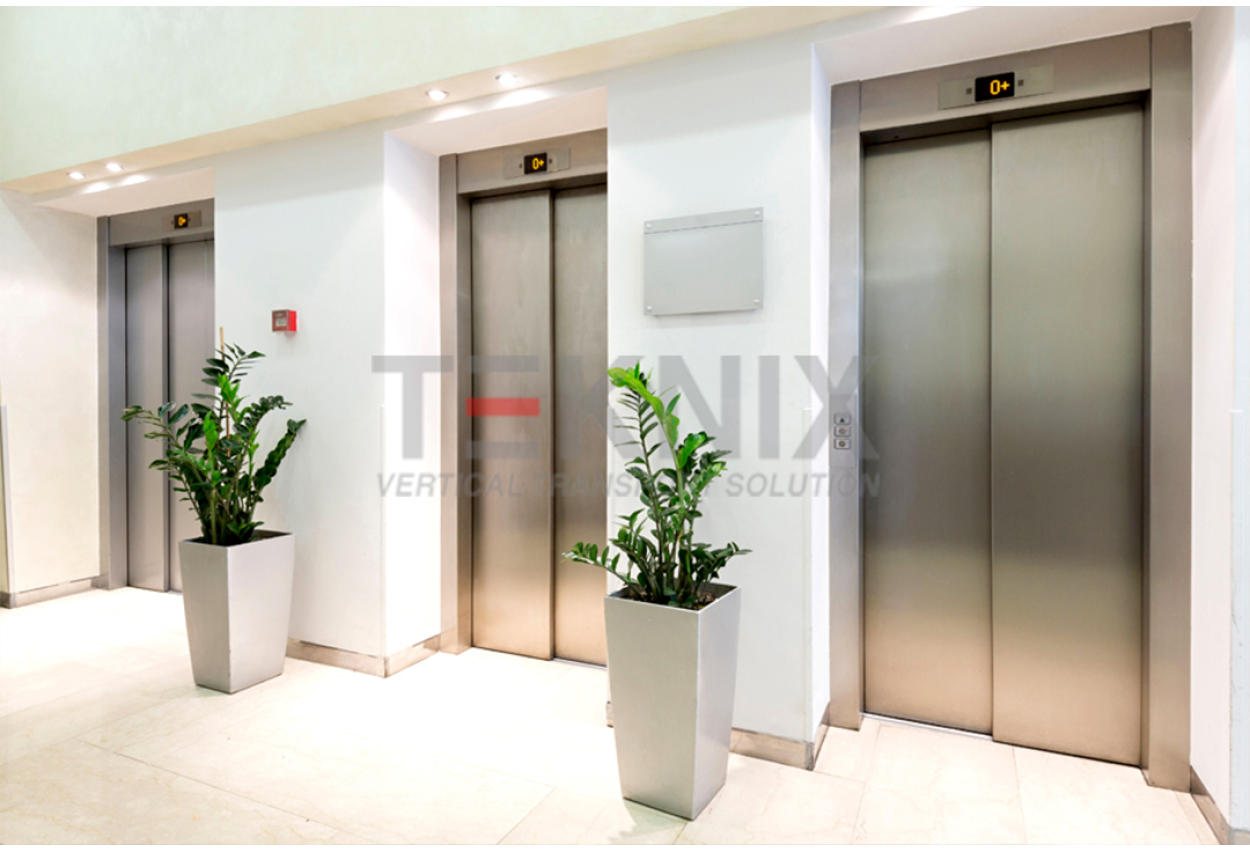Exploring the World of Lifts: Typical Issues Faced by Numerous Lift Devices
As we browse with the vertical transport systems of modern-day buildings, lifts stand out as a crucial component of our everyday lives. From hydraulic elevators to traction systems and machine-room-less styles, each lift type comes with its set of typical concerns.
Hydraulic Elevators
Hydraulic lifts, commonly favored for low-rise buildings, use fluid pressure to regulate the movement of the lift auto (lift repair companies). This mechanism entails a hydraulic pump pushing oil into a cyndrical tube, creating the elevator to move in the preferred direction. While hydraulic lifts are understood for their smooth and silent procedure, they do feature their very own collection of typical concerns
One prevalent trouble with hydraulic elevators is oil leak. The seals in the hydraulic system can use out with time, bring about oil infiltration. This not just creates a mess yet can additionally influence the elevator's efficiency if left unaddressed. In addition, issues with the control system, such as defective valves or a malfunctioning pump, can create disturbances in the lift's movement.
Regular maintenance and punctual fixings are necessary to make sure the smooth performance of hydraulic lifts. By dealing with these common concerns proactively, building owners can decrease downtime and make certain the safety and efficiency of their vertical transport system.
Traction Elevators
When considering vertical transport systems in buildings, an additional common type apart from hydraulic lifts is the traction elevator. Grip elevators operate using a system of ropes and counterweights that move the elevator vehicle by grasping onto the hoist ropes. This device enables smoother and quicker upright transportation compared to hydraulic systems.
Among the typical concerns faced by grip elevators is rope wear. The constant movement of the ropes within the grip system can cause tear and put on in time, potentially triggering the elevator to breakdown or come to be risky for use. Regular inspections and maintenance of the ropes are necessary to make certain the lift's correct functioning and safety.
Another problem that grip elevators might come across is associated with the control system. Troubles with the control system can cause concerns such as irregular movement, delays in action times, or perhaps full shutdowns. Routine testing and upkeep of the control system are crucial to stop such issues and guarantee the lift's integrity.
Machine-Room-Less (MRL) Lifts

Among the key parts of MRL elevators is the portable gearless grip maker that is set up within the hoistway. This device efficiently drives the lift vehicle without the need for bulky devices located in typical traction elevators. Additionally, MRL elevators generally make use of a counterweight system to stabilize the auto, more improving their power effectiveness.
In spite we maintain lifts of their advantages, MRL elevators may face obstacles associated with upkeep and fixing as a result of the confined area for tools installation. Accessibility for servicing components within the shaft can be limited, requiring specialized training for specialists. Correct upkeep timetables and regular examinations are crucial to make certain the continued smooth operation of MRL elevators.
Overloading and Weight Limit Issues
Straining and weight limit issues are vital issues in elevator procedures. Elevator producers design lifts with specific weight abilities to guarantee passenger security and devices longevity.
When elevators are overwhelmed, it puts too much stress on the motor, cables, and other elements, potentially causing failures or breakdowns. Security devices such as sensing units and overload sensors remain in area to stop lifts from relocating if they spot excess weight. Additionally, exceeding weight restrictions can lead to raised energy usage and deterioration on the elevator system.
To alleviate straining issues, building supervisors should prominently display weight limitations in lifts and inform owners on the value of adhering to these limitations - lift repair companies. Normal maintenance checks by certified professionals can also aid ensure that lifts are operating within risk-free weight parameters. By addressing overloading and weight restriction issues proactively, structure owners can improve elevator safety and efficiency
Electric System Failings
Surpassing weight restrictions in lifts can not just bring about mechanical issues but additionally possibly add to electric system failings within the lift framework. Electrical system failures are a vital issue in lift procedure, as they can trigger unanticipated closures, breakdowns, and even safety and security threats. One typical electrical concern is the getting too hot of elements as a we maintain lifts result of too much present flow created by overwhelming the lift past its ability. This can bring about damage to the circuitry, control, or electric motor systems, leading to pricey repair services and downtime.
Furthermore, power rises or changes in the electrical supply can likewise disrupt the lift's operation, influencing its efficiency and safety. These electrical disruptions can harm delicate elevator parts such as control board, circuit boards, or sensors, bring about system failings. Normal upkeep and evaluations are important to identify and deal with possible electrical issues promptly, making sure the reliable and risk-free procedure of lift systems. By sticking to weight restrictions and performing regular electrical system checks, structure proprietors can alleviate the risk of electrical failures in lifts.
Verdict

Hydraulic elevators, frequently favored for low-rise structures, use fluid pressure to control the movement of the elevator vehicle.When taking into consideration upright transportation systems in buildings, one more usual type aside from hydraulic elevators is the traction elevator. Grip lifts run utilizing a system of ropes and counterweights that relocate the elevator vehicle by gripping onto the hoist ropes. Unlike conventional lifts that require a separate equipment room to house the devices, MRL elevators integrate many of the elements within the shaft, removing the requirement for a devoted equipment room.In final thought, lifts face usual problems such as hydraulic malfunctions, traction system failures, and electrical system troubles.